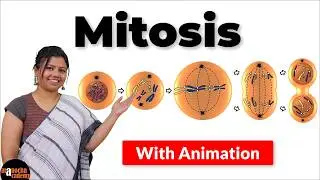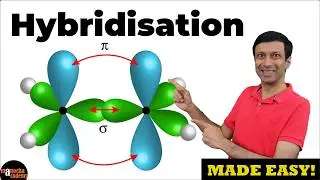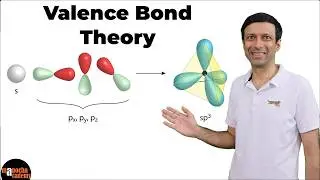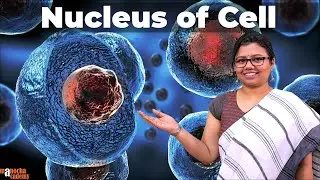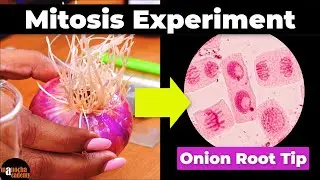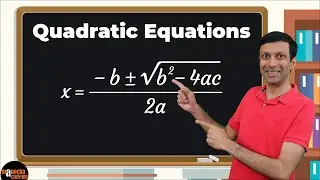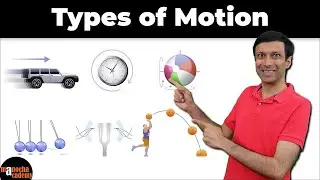Quadratic Equations Class 10
Quadratic Equations Class 10
For Live Classes, Concept Videos, Quizzes, Mock Tests & Revision Notes please see our Website/App:
Our Website: http://bit.ly/2KBC0l1
Android App: https://bit.ly/3k48zdK
CBSE Class 11 Courses: https://bit.ly/48isN9Q
CBSE Class 10 Courses: https://bit.ly/363U55V
CBSE Class 9 Courses: https://bit.ly/39Pm7mM
CBSE Class 8 Courses: https://bit.ly/3bJByzB
ICSE Class 10 Courses: https://bit.ly/2MaXpFo
ICSE Class 9 Courses: https://bit.ly/3iFV7dl
ICSE Class 8 Courses: https://bit.ly/3boM5OB
IGCSE Courses: https://bit.ly/2YNwQcn
Artificial Intelligence: https://bit.ly/3vm3FAE
Python Coding: https://bit.ly/3nX0s2y
Java Coding: https://bit.ly/3chHTAK
Facebook page: http://bit.ly/2s6VYhf
A quadratic equation is a second-degree polynomial equation in a single variable x, with the general form:
ax^2 + bx + c = 0
where a, b, and c are constants with a \neq 0.
Quadratic Formula
The quadratic formula is used to find the solutions (or roots) of a quadratic equation. The solutions are given by:
x = (-b ± √(b^2 - 4ac))/ 2a
Here, the term under the square root, b^2 - 4ac, is known as the discriminant (D)
Nature of Roots
The nature of the roots of a quadratic equation depends on the value of the discriminant (D):
1. Real and Distinct Roots: If D is greater than 0, the quadratic equation has two distinct real roots.
2. Real and Equal Roots: If D = 0, the quadratic equation has exactly one real root (also called a repeated or double root).
3. Complex Roots: If D is less than 0, the quadratic equation has two complex conjugate roots.
In summary, the quadratic equation, quadratic formula, and the nature of its roots are fundamental concepts in algebra that describe how to find and interpret the solutions of second-degree polynomial equations.
At Manocha Academy, learning Science and Math is Easy! The school coursework is explained with simple examples that you experience every day! Yes, Science & Math is all around you! Let's learn every day from everyday life!




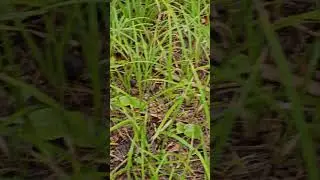


![Undertale Comics MIX RUS DUB [Determination Pie] - ПОДРОСТКИ](https://images.videosashka.com/watch/DMGw6R07mfI)
